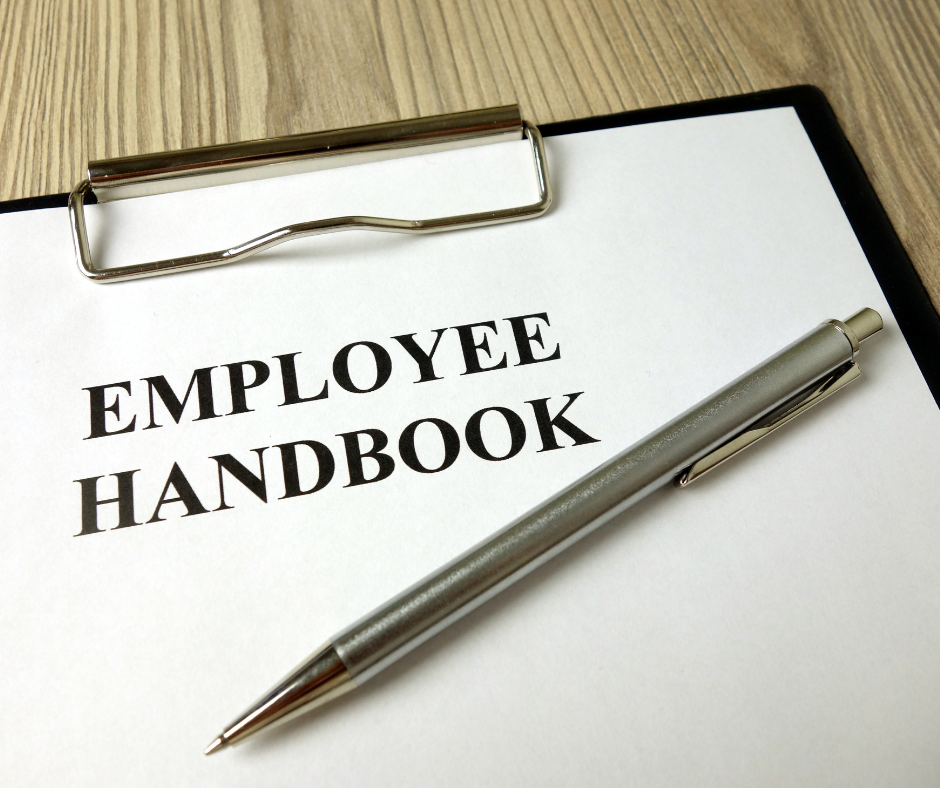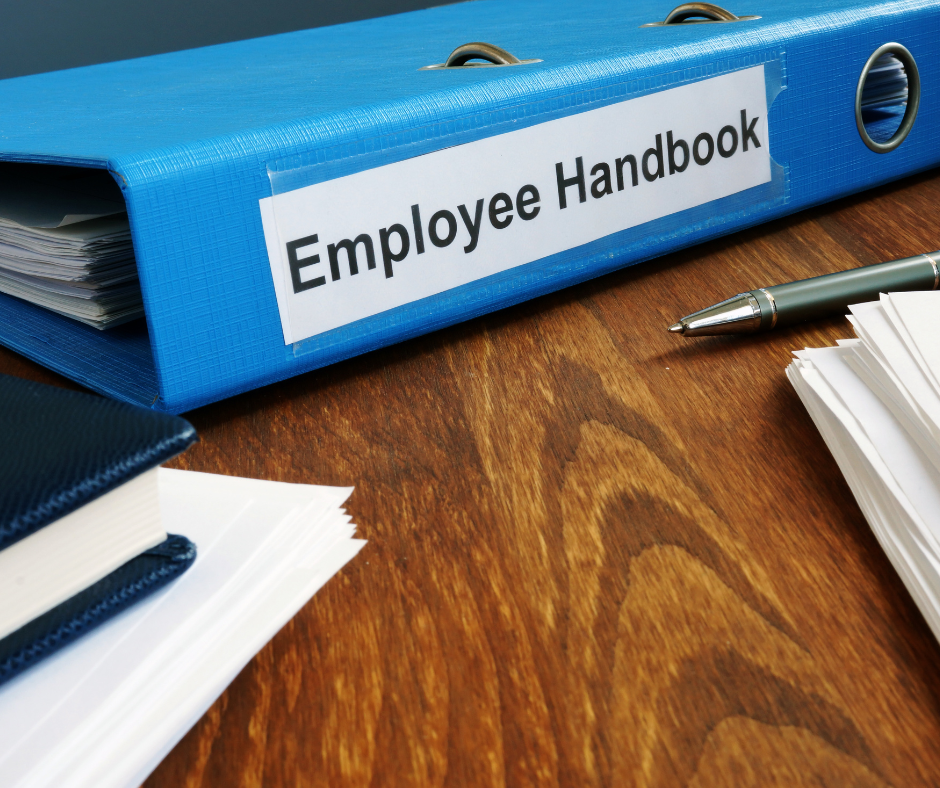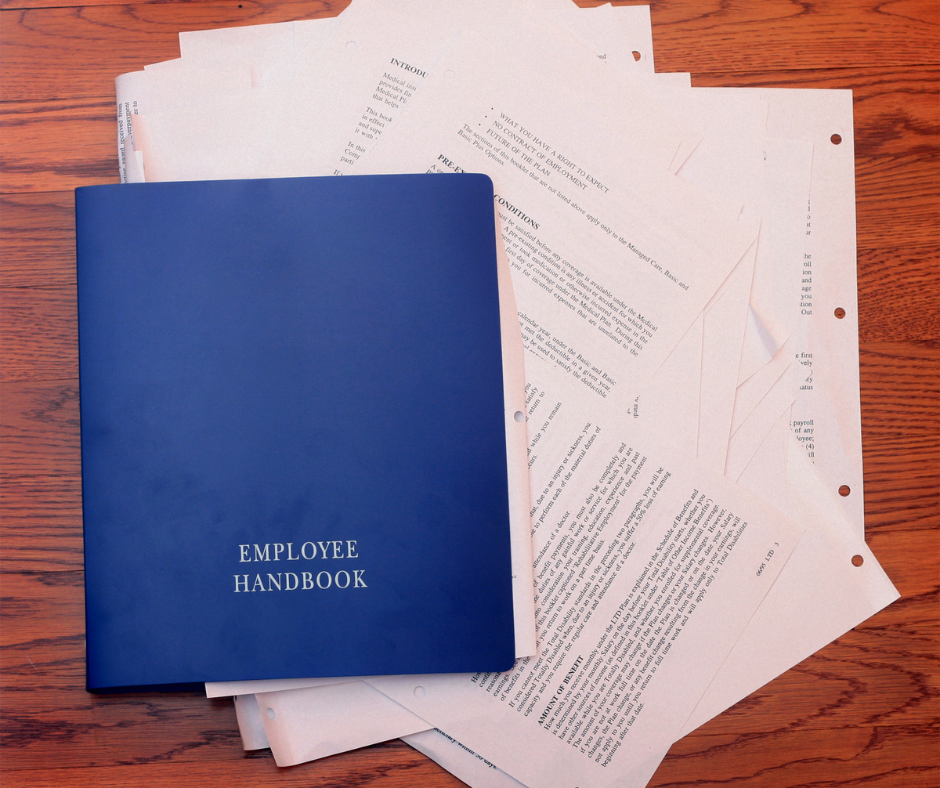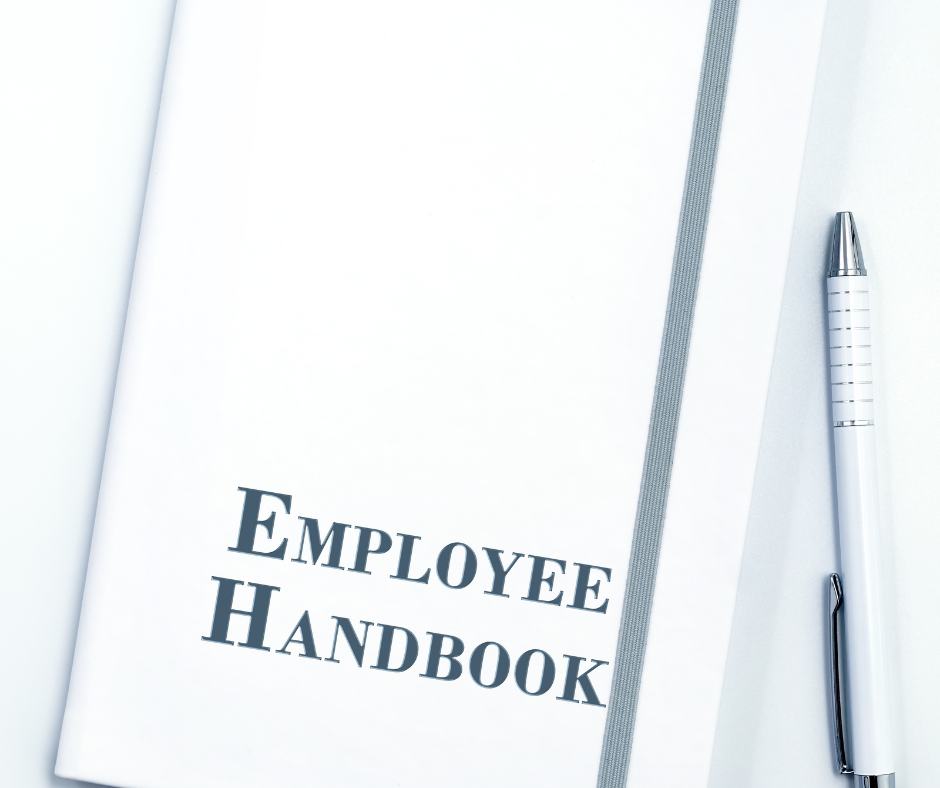
Key Takeaway:
- Employee handbooks are crucial for Fishing, Hunting, and Trapping companies as they outline company policies and procedures and ensure compliance with laws and regulations.
- Health and safety policies, leave policies, code of conduct, equipment, and tool management, and communication and reporting are all essential elements that should be included in the content of employee handbooks for Fishing, Hunting, and Trapping companies.
- Regular updates and revisions of employee handbooks are necessary to ensure that the company complies with any changes in laws and regulations, and to reflect any changes in company policies and procedures.
You need to understand the importance of employee handbooks for Fishing, Hunting and Trapping companies. They hold the key to efficient operations, a clear understanding of the business, and improved employee satisfaction. Discover the essential elements of the handbook and start building yours today.

The Importance of Employee Handbooks
Employee Handbooks for Fishing, Hunting and Trapping Companies
Organizations need to ensure that their employees are aware of their rights, responsibilities, and company policies. Employee handbooks are an important tool in achieving this goal. It outlines the purpose and objectives of the organization and provides guidelines for employees to perform their tasks effectively while adhering to the company’s rules.
The Importance of Clear Company Policies
Clear company policies provide direction and structure to employees. They ensure that all employees are aware of their rights, responsibilities, and expected behavior. In the absence of guidelines, employees may be unclear about what is expected of them, leading to confusion and misunderstandings. This could lead to low productivity, delays, and poor employee morale. Clear company policies help mitigate these issues and enable employees to work efficiently, creating a positive work environment.
The Role of Employee Handbooks for Fishing, Hunting and Trapping Companies
Fishing, hunting, and trapping companies face unique challenges and risks. Employee handbooks for these companies should provide clear guidelines and policies on safety, environmental stewardship, and regulations related to sustainable hunting and harvesting practices. It should also provide guidance on compliance with government regulations and local laws. This will help create a safe and professional work environment, reduce accidents, and minimize the possibility of legal disputes. True Story A fishing company worker was injured on the job due to a lack of safety guidelines and policies. The company had no employee handbook for natural resources and mining companies, and the injured worker was not aware of what was expected of him. This led to an accident, resulting in the loss of a limb. Employee handbooks are necessary tools that help prevent these types of incidents from happening. Conclusion
Employee handbooks are critical tools that help clarify expectations, responsibilities, and company policies. They promote efficient work practices, reduce legal disputes, and improve employee morale. Fishing, hunting, and trapping companies need to have a clear employee handbook that outlines the organization’s safety rules, environmental policies and other unique challenges. This will support the employees and the organization in providing a positive, professional, and safe work environment.

Content of Employee Handbooks in Fishing, Hunting, and Trapping Companies
The content of employee handbooks in fishing, hunting, and trapping companies is essential to ensure smooth functioning of operations. The handbook should cover company policies and procedures, employee benefits, safety guidelines, and disciplinary actions. The following table shows the Content of Employee Handbooks in Fishing, Hunting, and Trapping Companies:
| Content | Description |
|---|---|
| Company Policies and Procedures | This section should specify the company’s goals and objectives, work hours, leave policies, performance expectations, and grievance procedures. |
| Employee Benefits | This section should provide details of the benefits offered to the employees, such as healthcare and retirement plans, insurance coverage, and vacation policies. |
| Safety Guidelines | This section should outline the safety procedures and guidelines for employees working in outdoor environments, handling equipment, and dealing with wildlife. |
| Disciplinary Actions and Code of Conduct | This section should specify the company’s code of conduct and the penalties for violations, including absenteeism, tardiness, drug use, harassment, and other professional misconduct. |
The handbook should also include unique details such as emergency protocols, first-aid procedures, and a glossary of industry-specific terminology. All instructions must be communicated in a clear and concise manner.
To ensure the handbook is effective, make the tone of voice positive, and avoid negative language. Additionally, provide examples of the course of action to be taken in different situations. Employees must also acknowledge receipt of the handbook. Thus, including a sign-off form at the end of the handbook is essential.

Updates and Revisions of Employee Handbooks
Employee Handbook Maintenance for Fishing, Hunting, and Trapping Companies
As an employer in the fishing, hunting, or trapping industry, you must keep your employee handbook up-to-date. Employee handbook updates are essential to ensure that employees are aware of the latest company policies, as well as to comply with state and federal regulations. Without timely updates, employees could misinterpret policies or make costly mistakes. A well-maintained handbook also serves as a defense in legal disputes with employees.
To keep your employee handbook current, schedule annual reviews of all of your policies. Make sure to include all necessary state and federal regulations that apply to your industry. It is also essential to have your legal team review the handbook to ensure compliance. Consider holding annual training sessions to go over any changes or updates to the handbook. In addition to the annual reviews, make sure to update your employee handbook for mining companies as needed throughout the year. Any significant changes, such as new regulations, job titles, or benefits, should be added immediately.
A recent study by the Society for Human Resource Management found that over 60% of companies experienced some sort of legal issues due to outdated employee handbooks. Keep your handbook current to avoid legal disputes and ensure that your employees have the most current information.
(Source: Society for Human Resource Management)
Five Facts About Employee Handbooks for Fishing, Hunting and Trapping Companies:
- An employee handbook for animal production companies should clearly outline safety guidelines and procedures for employees who work with dangerous or potentially dangerous equipment and animals.
- Employee handbooks should explain the company s policies on hunting and fishing licenses and permits to avoid any legal issues. (Source: HR Hero)
- The handbook should include information about the company s code of ethics, including best practices for environmental conservation and wildlife preservation. (Source: SHRM)
- The company s expectations regarding employee conduct, dress code, and professionalism should be clearly defined and explained in the employee handbook. (Source: BizFilings)
- It is important for the handbook to include a section on how to report workplace accidents or injuries, as well as the process for filing workers’ compensation claims. (Source: Fish and Wildlife Service)
FAQs about Employee Handbooks For Fishing, Hunting And Trapping Companies
What is an employee handbook for Fishing, Hunting, and Trapping companies?
An employee handbook forc companies is a comprehensive guide that outlines the policies, procedures, and expectations of the company for its employees. It covers topics such as employee benefits, code of conduct, safety guidelines, job responsibilities, and other essential information that employees need to know.
Why do Fishing, Hunting, and Trapping companies need an employee handbook?
Fishing, hunting, and trapping companies need an employee handbook to ensure that all employees are aware of the policies and procedures of the company. It helps to create a consistent and fair work environment, reduces misunderstandings and conflicts, and protects the company in legal matters.
What should be included in an employee handbook for Fishing, Hunting, and Trapping companies?
An employee handbook for fishing, hunting, and trapping companies should include the following information: company background, employee benefits, code of conduct, performance expectations, safety guidelines, drug and alcohol policies, harassment and discrimination policies, and other relevant policies and procedures.
How often should the employee handbook for Fishing, Hunting, and Trapping companies be updated?
The employee handbook for fishing, hunting, and trapping companies should be updated whenever there are changes to the policies and procedures of the company or changes in the law that may affect the company’s policies. It is recommended that the handbook is reviewed and updated at least once a year.
Can employees be terminated for violating the policies outlined in the employee handbook for Fishing, Hunting, and Trapping companies?
Yes. Employees can be terminated for violating the policies outlined in the employee handbook for fishing, hunting, and trapping companies. However, it is important for the company to follow the correct procedures and give the employee a fair chance to correct their behavior before terminating their employment.
How should the employee handbook for Fishing, Hunting, and Trapping companies be distributed?
The employee handbook for fishing, hunting, and trapping companies should be distributed to all employees upon hiring. It is recommended to have employees sign an acknowledgement form indicating that they have received and read the handbook. The handbook should also be made easily accessible to employees throughout their employment.